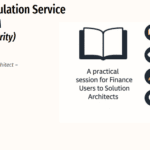
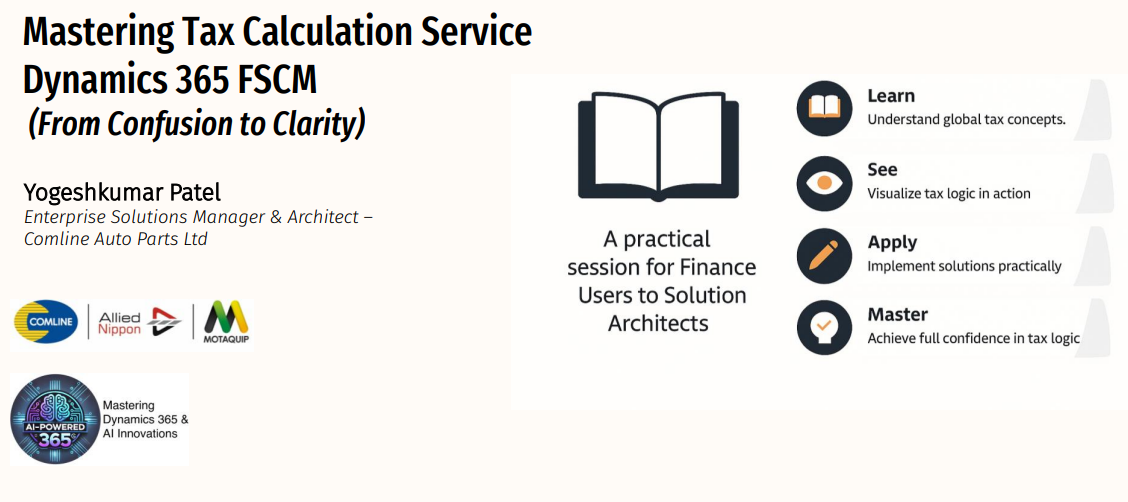
GS526 – Mastering Tax Calculation Service (TCS) in Dynamics 365 Finance & Supply Chain (From Confusion to Clarity)
Table of Contents
ToggleTitle & Introduction
The global tax landscape has become increasingly complex, driven by multi-country operations, diverse VAT/GST rules, digital reporting mandates, and cross-border supply chains. Organizations operating in multiple jurisdictions require a tax engine that is consistent, scalable, compliant, and easy to maintain.
Microsoft’s Tax Calculation Service (TCS) delivers exactly that, an advanced, cloud-based, decoupled tax determination framework designed for Dynamics 365 Finance & Supply Chain (D365F&SCM), Commerce, and future Dynamics applications.
This article provides a complete deep-dive into TCS, matching the structure of the training session and slide deck shared during my presentation. It includes:
- Core concepts and architecture
- Multiple VAT registration logic
- VAT ID selection
- Tax on transfer orders
- Reporting features
- ISV integrations
- Roadmap & future direction
- Full presentation PDF
- Demo recordings
- 90-minute masterclass replay
The Problem Before TCS
Before the introduction of TCS, Dynamics 365 relied on its legacy tax engine, which had several limitations:
- Hard-coded logic and limited flexibility
- Customizations required for complex tax scenarios
- Difficulty handling multiple VAT registrations
- No decoupling between tax engine and application updates
- Inconsistent behavior across modules
- Limited support for new digital tax frameworks (SAF-T, SII, MyData, etc.)
As businesses expanded globally, the need for a modern, cloud-based, rules-driven tax engine became critical. TCS solves this.
What is Tax Calculation Service (TCS)?
Tax Calculation Service is Microsoft’s modern tax engine, designed to:
- Centralize and standardize tax logic
- Support VAT, GST, Sales & Use Tax, and global tax regimes
- Run as an independent microservice decoupled from the ERP
- Provide no-code extensibility using Tax Designer
- Enable high-volume performance, compliance, and localization
- Seamlessly connect Finance, Supply Chain, and Commerce
TCS ensures accurate, fast, and compliant tax calculations across all transactional scenarios.
TCS Architecture and Data Flow
TCS is built on a cloud-native microservice architecture.
Key components in the architecture:
- Dynamics 365 Finance & SCM – provides transaction data
- Tax Designer – configuration layer for tax rules
- Globalization Studio – central location for tax and global regulatory features
- Dataverse – storage for tax configurations
- TCS Engine – processes tax logic and returns results
- Electronic Reporting / e-Invoicing Framework – supports digital compliance
How data flows:
- User creates/updates a transaction (SO/PO/Invoice/Journal).
- D365 sends transaction context to TCS through API.
- TCS determines correct tax rules & VAT ID.
- TCS returns calculated tax amounts, VAT number, and list codes.
- D365 uses results for posting, reporting, invoicing, and downstream processes.
This separation improves reliability, performance, and upgradeability.
TCS Setup Overview
A correct TCS setup requires configuration of:
- Tax features & versions
- Taxable document sources
- Tax codes
- Tax applicability rules
- Rounding, hierarchy, date rules
- VAT registration and number sequences
- List code mappings
- Jurisdiction-based settings
This forms the foundation for correct tax behavior.
TCS Basics
(Includes Demo 1, Demo 2, Demo 3)
This section covers the essential TCS building blocks and basic behavior.
Demo 1 — Creating Tax codes manual & bulk
Demo 2 — Understanding How TCS calculates right tax
Demo 3 — Sharing TCS configuration between legal entities
Multiple Tax Registration
(Includes Demo 4 & Demo 5)
Multiple VAT registrations enable a legal entity to operate with several VAT IDs across countries.
Key concepts covered in this section:
- Registration Type
- Registration Category
- Legal Entity Registration ID
- Party Registration ID
- Primary Address per Country
- Tax Registration Applicability Rules
- Warehouse address logic
- Document splitting by VAT registration
Demo 4 — Purchasing scenario
Demo 5 — Sales order scenario
Tax on Transfer Orders
(Includes Demo 6)
Stock movements across jurisdictions can trigger VAT, especially in EU/UK operations.
Covered concepts:
- Reverse charge logic
- Intercompany & cross-border movement tax
- In-transit warehouse
- Ledger posting groups (inter-unit payable/receivable)
- Tax calculation parameters for stock
Demo 6 — Transfer Order scenario
List Code Applicability Rule
List codes such as EUTrade, IncludeNot, and local country-specific lists require correct classification.
TCS determines list code based on:
- Ship-from country
- Ship-to country
- VAT registration used
- EU membership
- Protocol rules (e.g., Northern Ireland Protocol)
Tax Jurisdiction Applicability Rule
Jurisdictions determine:
- How cash discounts apply
- Local VAT/GST rules
- State/County/City tax (US)
- Environmental & excise taxes
Scenario examples include Germany vs Belgium cash discount treatment, addressed earlier.
Reporting Features
TCS supports reporting frameworks such as:
- VAT Returns
- EU Sales List (ESL)
- Intrastat
- SAF-T & Digital Reporting
- Local formats through ER
Each VAT registration can generate its own reporting pack with correct tax data.
ISV Vertex Example
This section demonstrates how Vertex integrates through:
- Universal Tax Rate API
- Automated address validation
- Jurisdiction mapping
- Automated tax logic
- Compliance reports
- Exemption certificate management
Ideal for US, Canada, and high-volume global scenarios.
Version and Support
TCS compatibility depends on matching:
- D365F&SCM version
- Tax Configuration version
Always align your environment with the supported TCS configuration to avoid calculation issues.
Future Roadmap
Microsoft is investing heavily in:
- Full microservice-based architecture
- No-code extensibility through Tax Designer
- Global regulatory coverage
- Enhanced performance
- Deep integration with ER, e-Invoicing & regulatory frameworks
- Stronger ISV ecosystem (Vertex, Avalara, Sovos)
Q&A
During live sessions, questions are addressed at the end.
Please place your questions in the chat, many will be answered organically during the session.
Resources
A complete set of Microsoft Learn links, TechTalk sessions, and ISV references.
| Category | Resource / Link | Purpose |
| 📘 Microsoft Learn | Tax Calculation overview | Official TCS documentation |
| 🧩 Configuration Guide | Customize tax configurations | Step-by-step customization |
| 🏗 TechTalk | Tax Calculation Service in D365 Finance & SCM (July 2023) | Microsoft presentation and demo |
| 🌍 Feature Updates | Tax Calculation 2024 Updates TechTalk | Latest roadmap and country support |
| 💡 Related Topic | VAT Reporting for Multiple Registrations | Handling multiple VAT IDs |
| 🔗 Partner ISV | Vertex for Microsoft Dynamics 365 | External tax engine partner |
| 💬 Q&A Reference | Tax Calculation FAQ (Microsoft Learn) | Common questions & troubleshooting |
Full Presentation (PDF)
👉 Download the full slide deck:
Mastering Tax Calculation Service in Dynamics 365 Finance & Supply Chain – Presentation PDF
Full 90-Minute Training Session (YouTube)
👉 Watch the entire masterclass here:
[YouTube Link – 90-Minute TCS Deep Dive Session]
Tax Calculation Service in Dynamics 365 F&O | Featuring Yogeshkumar Patel
I am Yogeshkumar Patel, a Microsoft Certified Solution Architect and ERP Systems Manager with expertise in Dynamics 365 Finance & Supply Chain, Power Platform, AI, and Azure solutions. With over six years of experience, I have successfully led enterprise-level ERP implementations, AI-driven automation projects, and cloud migrations to optimise business operations. Holding a Master’s degree from the University of Bedfordshire, I specialise in integrating AI with business processes, streamlining supply chains, and enhancing decision-making with Power BI and automation workflows. Passionate about knowledge sharing and innovation, I created AI-Powered365 to provide practical insights and solutions for businesses and professionals navigating digital transformation. 📩 Let’s Connect: LinkedIn | Email 🚀
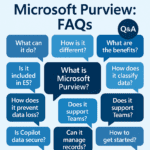
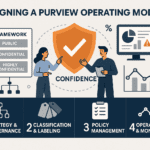
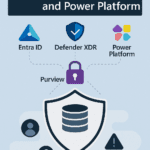




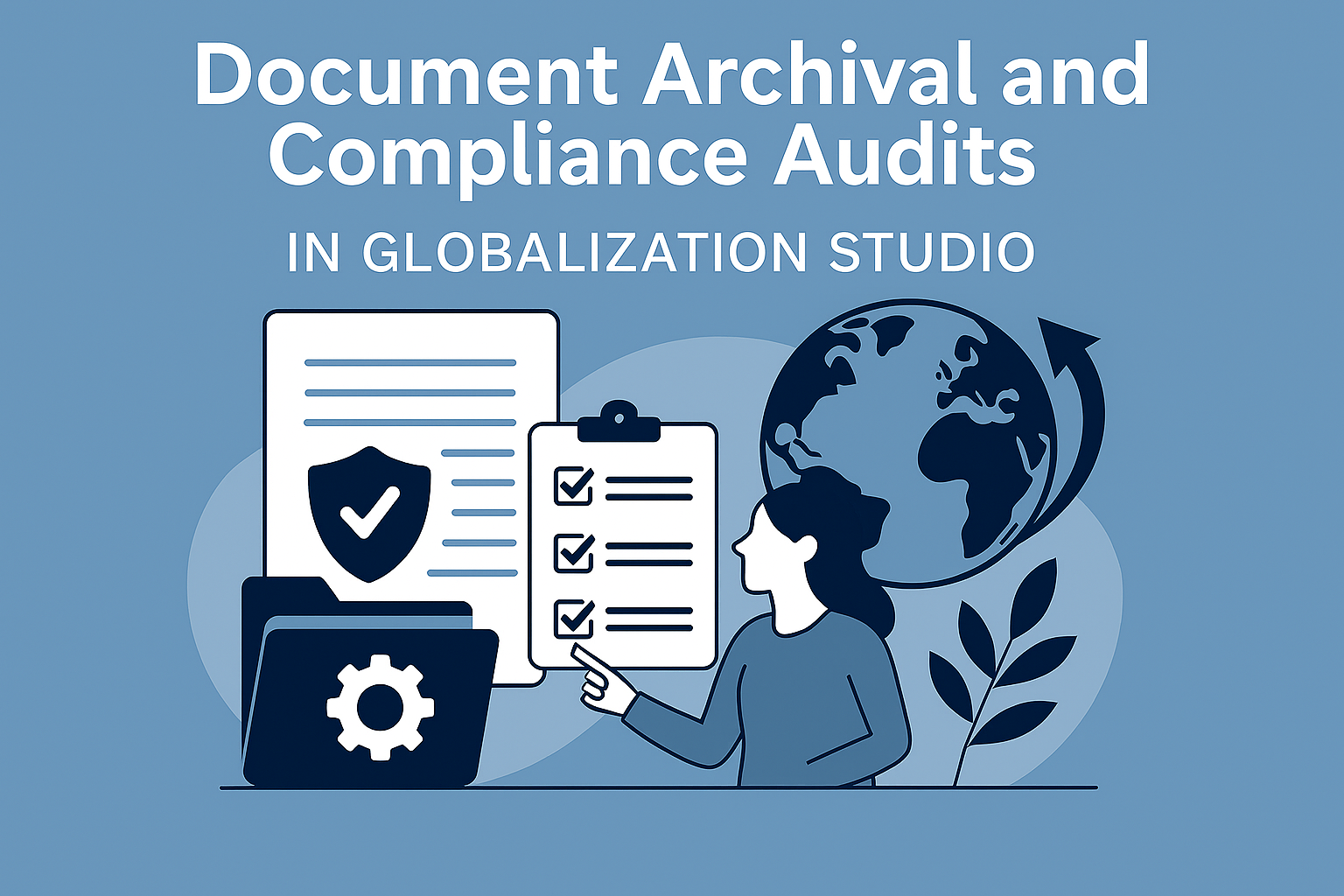
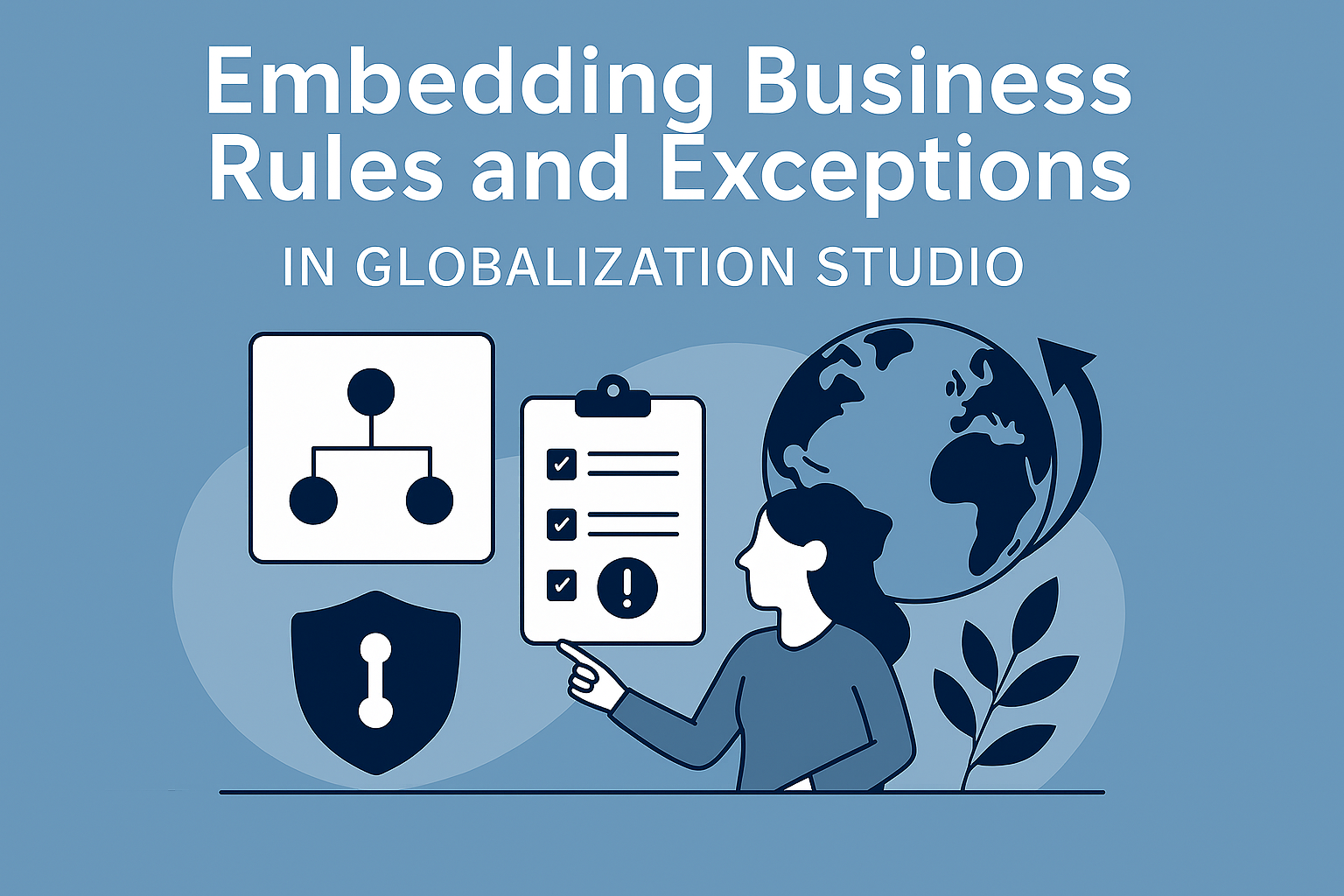
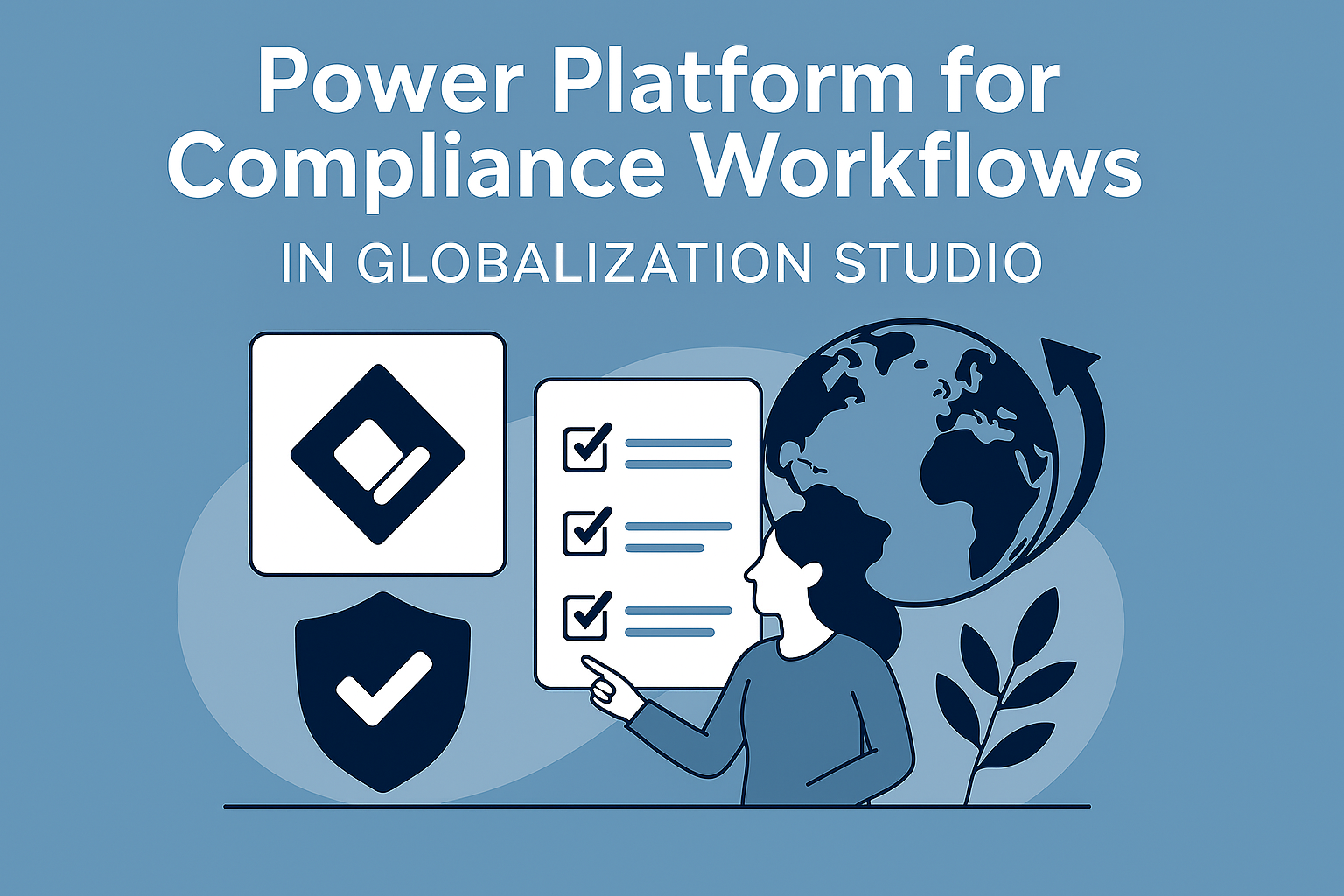



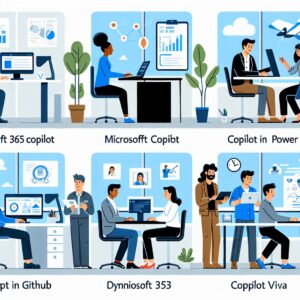
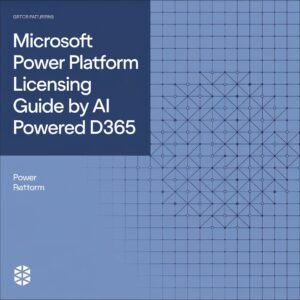

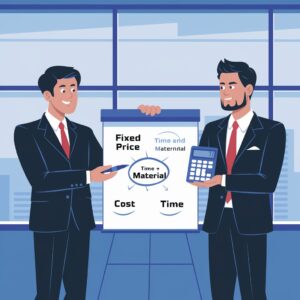



Post Comment